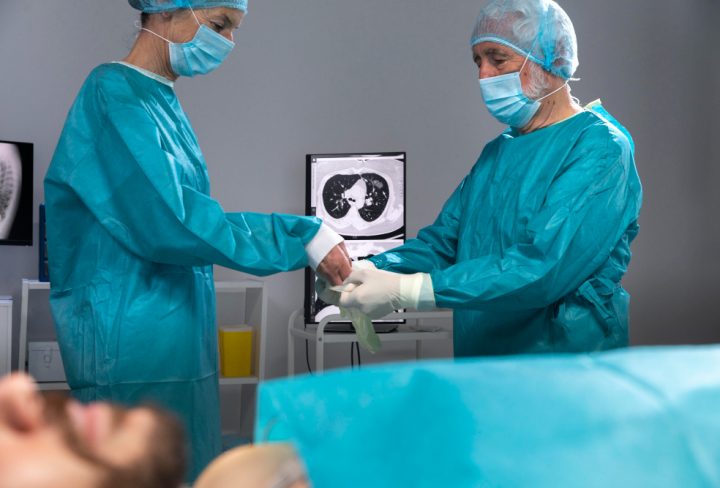What is Valve Replacement?
Valve replacement is a surgery to fix a damaged heart valve. The heart has four valves that help blood flow in the right direction. Sometimes, these valves do not work well. When this happens, doctors may suggest a heart valve replacement procedure. This surgery replaces the faulty valve with a new one. The new valve can be made from metal, plastic, or animal tissue. According to the American Heart Association, valve replacement can help people live longer and feel better.
Why is Valve Replacement Needed?
Sometimes, heart valves become stiff or leaky. This can make the heart work harder. Over time, it may lead to heart failure. Valve replacement is needed when medicine and other treatments do not help. For example, if you feel tired, short of breath, or dizzy, your doctor may check your heart valves. Often, valve replacement surgery benefits people by improving their quality of life.
Types of Valve Replacement Procedures
There are different ways to replace a heart valve. The main types include:
Your doctor will choose the best type for you based on your age, health, and needs.
Symptoms Indicating the Need for Valve Replacement
Many people do not notice valve problems at first. However, some symptoms may suggest you need valve replacement. These include:
If you have these symptoms, talk to your doctor. Early treatment can prevent serious problems.
How is Valve Replacement Diagnosed?
Doctors use several tests to check your heart valves. First, they listen to your heart with a stethoscope. Next, they may order tests such as:
These tests help your doctor decide if you need a heart valve replacement procedure.
The Valve Replacement Procedure: Step-by-Step
Valve replacement surgery usually follows these steps:
Sometimes, doctors use a smaller cut or a thin tube for less invasive procedures. Your doctor will explain which method is best for you.
Recovery After Valve Replacement
After valve replacement, recovery takes time. Most people stay in the hospital for about a week. During this time, doctors watch your heart and help manage pain. Once home, you will need to rest and avoid heavy lifting. However, gentle walking is encouraged. Full recovery can take several weeks to months. Always follow your doctor’s advice for the best valve replacement recovery.
Risks and Complications of Valve Replacement
Like any surgery, valve replacement has risks. Some possible risks of valve replacement include:
Although these risks are real, most people recover well. The benefits of valve replacement surgery often outweigh the risks. The CDC and WHO recommend discussing all risks and benefits with your doctor.
Lifestyle Tips After Valve Replacement
After surgery, healthy habits are important. Here are some tips:
With these steps, you can help your new valve last longer and feel better each day.
Prevention and Heart Health Guidance
While not all valve problems can be prevented, you can lower your risk. For example, control high blood pressure and cholesterol. Also, treat infections quickly. Brush and floss your teeth daily to prevent mouth bacteria from reaching your heart. Finally, see your doctor for regular check-ups. These steps support your heart health and may prevent future valve issues.
For more information, visit trusted sources like the CDC, WHO, or your local heart association.
Consult a cardiologist for personalized advice on valve replacement.


